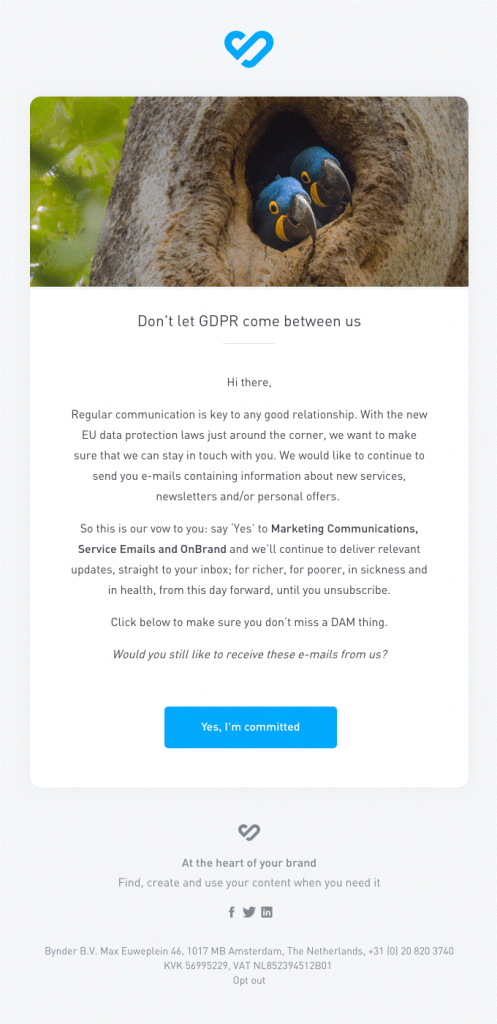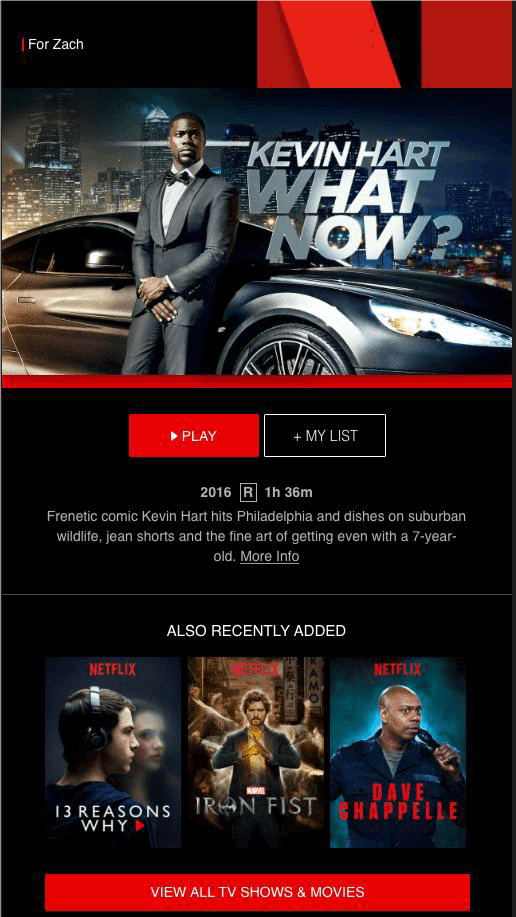Just because you hit the “SEND” button does not mean the people on your email list will receive your messages. In fact, even if they have opted in to receive messages from you, studies have shown that for every five opt-in messages sent, at least one does not make it to people’s inboxes. You certainly would not that to be your message.
Look through your own spam folder.
What do you see? Chances are that emails from brands you have subscribed to are also sitting in your spam folder unread. If this happens to be the case, email marketing will be futile for your company despite being such a powerful marketing channel.
The ability to land emails in the subscriber’s inbox is known as email deliverability and when it fails, your email lands in the spam folder or gets blocked by the Internet Service Provider in the worst cases. Deliverability is one of the most important success metrics in the email marketing fraternity as it specifically tracks the number of email messages that get delivered into your subscribers’ inbox folder. If you have a bad deliverability rate, it would not matter how awesome your email copy and design are. So, the only way to get the desired opens and conversions from your emails is to ensure good deliverability.
What is email sender reputation?
Sender reputation is the score assigned by an Internet Service Provider to a company that actively carries out email marketing. Sending reputation includes a set of specific metrics that are associated with email sending practices. Needless to say, it means that senders with good reputation get their emails delivered while those with poor reputation get their emails blocked or the communication ends up in the junk folder rather than the inbox.
In case you are not abreast on your email deliverability, it is quite likely that your IP address or domain gets blacklisted. Once you are on this list, it can have dire effects like increase in rejections and bounces which means that your email will be reaching lesser inboxes than before.
What can hamper your email deliverability?
Other than email sender reputation, several factors related to email design as well as marketing practices can damage your email deliverability as enlisted below.
- Employing single opt-in method
- Using a free domain email address
- Deploying the email campaigns without custom authentication
- Missing out on the Unsubscribe button
- Adding URL shorteners
- Not maintaining the text-to-image ratio
- Drafting subject lines that triggers spam filters
While there are numerous blacklists on the Internet, we have enlisted the five blacklists that you should avoid, no matter what.
1.SPAMHAUS
Spamhaus keeps a track of all senders and includes all those IP addresses with poor sending domain. It posts the lists publicly, so you should be watchful about this blacklist.
2. SORBS
Over 200000 ISPs and corporations all over the world use SORBS blacklist. It uses partner spam reports and spam traps to recognize malicious senders.
3. SPAMCOP
Any company that is sending out unsolicited bulk or commercial emails will be caught by SPAMCOP and reported as spam.
4. SenderScore
SenderScore is Return Path’s sender reputation system and many large ESPs, corporate email systems, email marketing service providers, etc. use for scoring emails. Your score has to be 85 as per their system if you want to ensure optimum deliverability for your emails.
5. Barracuda
Barracuda is the blacklist resource powered by Barracuda Anti-spam appliances. You can go through their list on BarracudaCentral. Web-hosting systems like cPanel make use of this list by default. We have had clients whose IP addresses were listed in it as they sent spam to Barracuda Reputation System’s detectors. If your server has a security issue, you are likely to get listed here.
To prevent such inadvertent circumstances and keep your emails spam-proof, there are a number of design and coding pitfalls that you should avoid.
Apart from them, some points are to be considered from an email marketer’s point of view. We shall delve deeper into those best practices so that you can steer clear of spam complaints.
1. Follow CAN-SPAM and GDPR guidelines
Nothing annoys your subscribers more than unsolicited emails that they never asked for. To make sure that this does not happen, CAN-SPAM law was introduced in 2003. It has to be adhered to by all the email marketers if they want to avoid the spam filters. In May 2018, GDPR was launched by the EU, according to which you can send emails only to subscribers who have expressed explicit content to receive communication from you. This law, although a bit stern, ensures that you have only quality subscribers on your email list who are genuinely interested in hearing from you.
Take a look at this email by Bynder. The subscriber will get intrigued by the subject line: “Renewing our vows” and open the email. The copy and CTA are engaging enough to compel the reader to click through the email. The objective of the email is to make sure that the subscriber looks forward to hearing from them, and it serves that purpose quite well by garnering maximum click-throughs.

2. Build organic lists
Time and again, it has been clarified that you should never purchase email lists. Send emails only to the subscribers who have signed up and verified their email by double opt-in. These subscribers will show better engagement with your emails and significantly reduce unsubscribes and spam complaints.
3. Write relevant content
Based on the buyer’s journey, send out relevant content that matches the stage he or she fits in. For example: If the subscriber is in the awareness stage, it is recommended you send out a brief and engaging introduction about your company and products or services you offer.
4. Employ personalization in your emails
Personalization goes a long way if you want to bypass the spam filters. Address the subscriber with the first name, obviously. In addition, go a step ahead and apply the principles of artificial intelligence to send hyper-personalized emails.
Amazon, Netflix, and Airbnb are some of the brands who implement machine learning and artificial intelligence in their emails.
Here’s an example by Netflix

You are less likely to unsubscribe to tailormade emails like these. What say?
Wrapping Up
Every email marketer dreads the thought of their emails landing in the spam folder or getting spam complaints. Frequent incidents of spam complaints increase the chances of getting blacklisted and hamper inbox placement big time.
We believe these insights and tips will help you to avoid spam traps and deliver relevant emails that CONVERT.









Kevin George
Latest posts by Kevin George (see all)
How to use Marketing Psychology in your Email Campaign
Email Design Hacks: Creating a Functional Email Experience